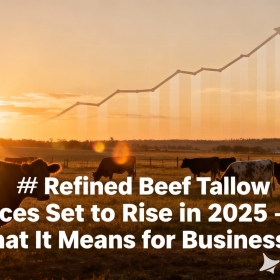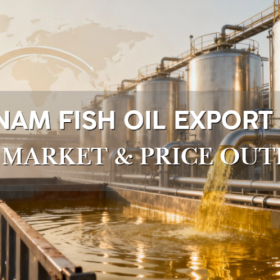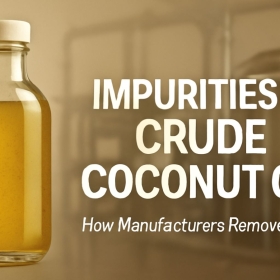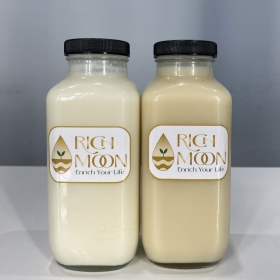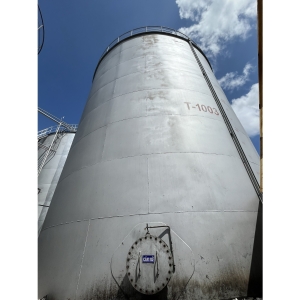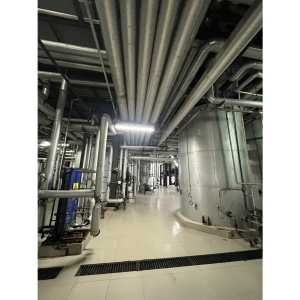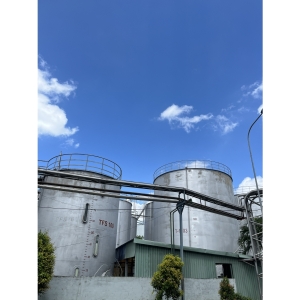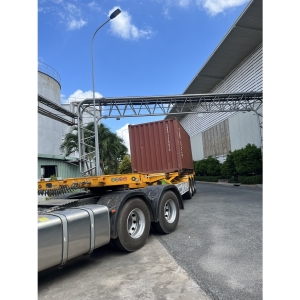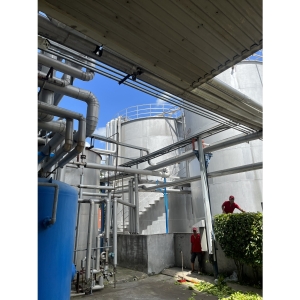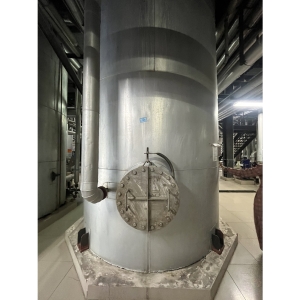FISH FAT - Unknown things about fish fat ingredients in biodiesel production in Vietnam ( Part 2 )
3. PRODUCTION OF FAT FROM BASA/PANGASIUS FISH (IN VIETNAM)
In seafood processing facilities, fresh fish is filleted into two pieces for export processing. The remaining 60%, including skin, bones, head, belly, fat, intestines, etc., is subjected to frying, with the fish belly fat then dehydrated to yield high-quality fat. This fat can undergo further refinement through physical or chemical methods for use in food. By-products such as skin, head, bones, and fins are processed into flour or fish fat, mainly utilized as animal feed. Currently, two methods are employed for fish fat production from exported fish fillets or fresh fish: traditional and modern methods.
.jpg)
3.1. Traditional Method
The current manual production process in most seafood processing plants in the Mekong Delta provinces is illustrated in Figure 3. Production of fat and fishmeal from pangasius and basa fish waste is typically done on a small scale using manual methods, resulting in a low recovery rate of about 10% - 16%, as compared to 20% - 22% in industrial methods.
Fat produced through this method is characterized by high water content, free acids, residues, non-uniform color, and a fishy smell. Conventional biodiesel production technology using this alkaline catalyst lubricant proves inefficient due to soap formation during production, leading to challenges and increased costs in the biodiesel refining process. Water also provides a conducive environment for microorganism development during storage, causing the fat to oxidize easily, turn rancid, and emit an unpleasant odor. Residues can clog pipes, reducing product yield, and low recovery rates increase lubricant costs, significantly impacting the environment.
Fish fat produced through this method, when used as a raw material for biodiesel production, must undergo two stages involving acid and alkaline catalysts, making it economically unfavorable. The commonly used global technology for processing fish fat does not directly involve cooking, but rather utilizes heating after pressing to eliminate solid by-products. This process yields fish fat with a lighter color and lower water, free fatty acid, and residue content, boasting high recovery efficiency and a short production time. However, the equipment investment cost is high. To promote the effective use of feedstocks for biodiesel production from pangasius and basa fish fat, policies encouraging seafood export companies to invest in updated fishmeal and fat processing technologies are essential.
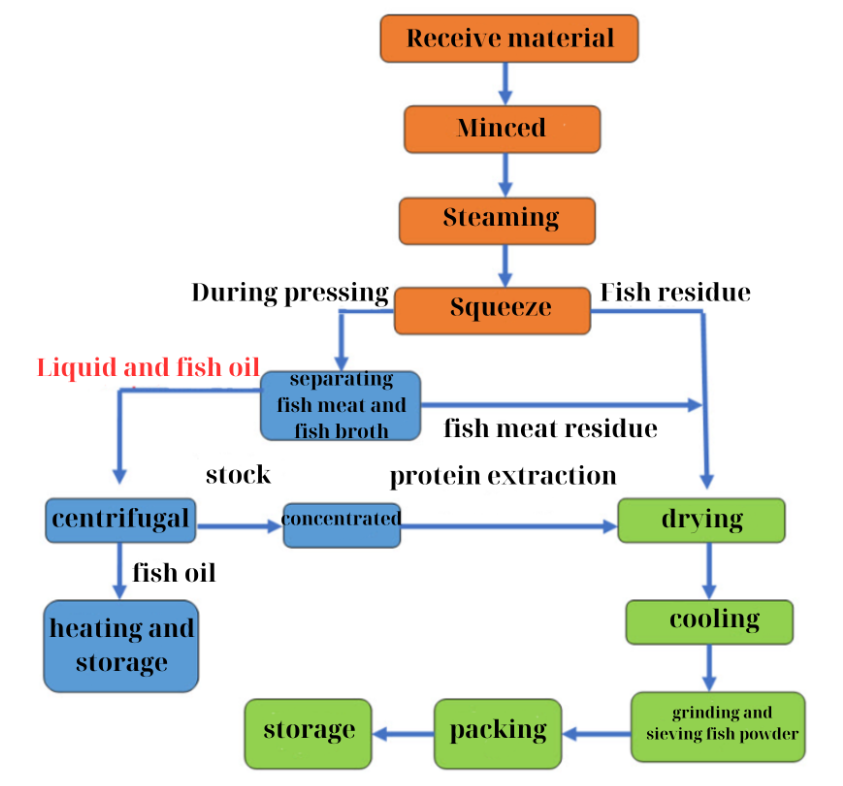
3.2. Modern Method
Currently, the most modern method for fish fat production is three-phase centrifugation technology. This technique utilizes centrifugation to produce fat, water, and fish meal after pressing, resulting in a high fat recovery rate, low viscosity, water content, residue, and free fatty acids, as well as a light color. The method is energy and labor-efficient, minimizes water consumption, and has minimal environmental impact. However, the high cost of equipment investment poses a challenge, even for large seafood import and export companies seeking to upgrade technology for enhanced utilization of pangasius and basa fish by-products following fillet exports.
Fish fat produced through this method is convenient and highly effective as a raw material for biodiesel production, employing a simple, one-step technology with alkaline catalysts such as NaOH or KOH.
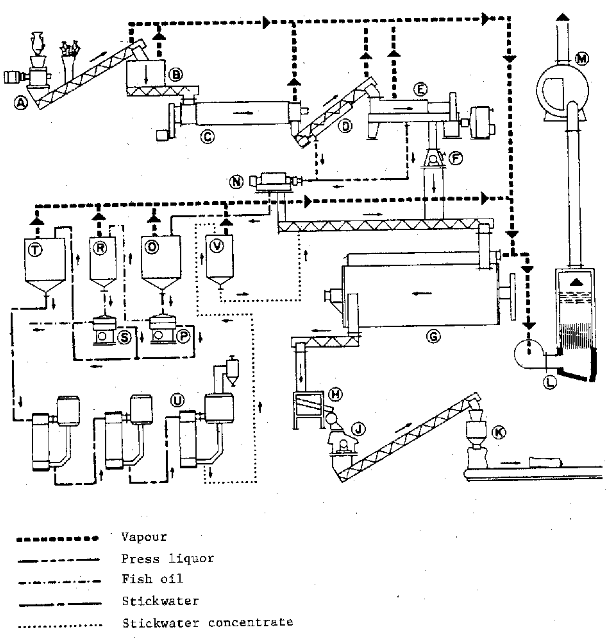
4. PROSPECTS OF PRODUCING BIODIESEL FROM BASA/PANGASIUS FISH FAT
Analyzing the chemical composition of fish fat reveals that catfish fat contains 55.5% unsaturated fatty acids, mainly oleic acid, while basa fish fat contains 62%. This data supports the use of catfish and basa fish fat as raw materials for biodiesel production. Basa fish fat, due to its higher oleic acid content, offers advantages over pangasius fish fat for biodiesel production, particularly in low-temperature conditions.
Producing biodiesel from pangasius fish fat holds promise for the Mekong Delta, with potential for large-scale production due to an abundant, stable, and cost-effective raw material source. Investment in local biodiesel production from fish by-products following fillet exports could establish a new industry in the region, creating a non-polluting and renewable fuel source for production.
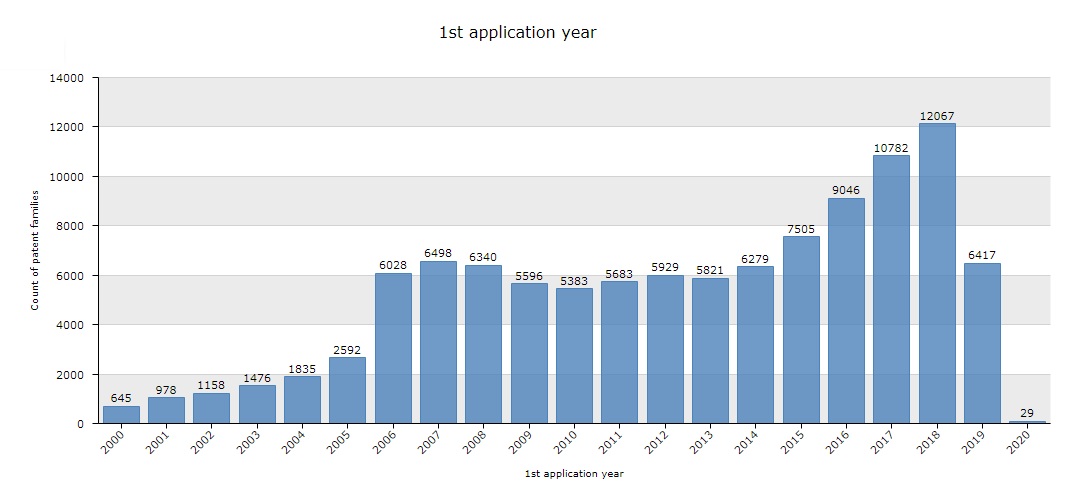
Mobile: (+84) 869 837 181 (WhatsApp, Wechat,...)
Email: sale6@richmoon.com.vn
Tel: (+84) 903 354 981 Fax: (+84) 903 354 981
.png)
Views: 1168
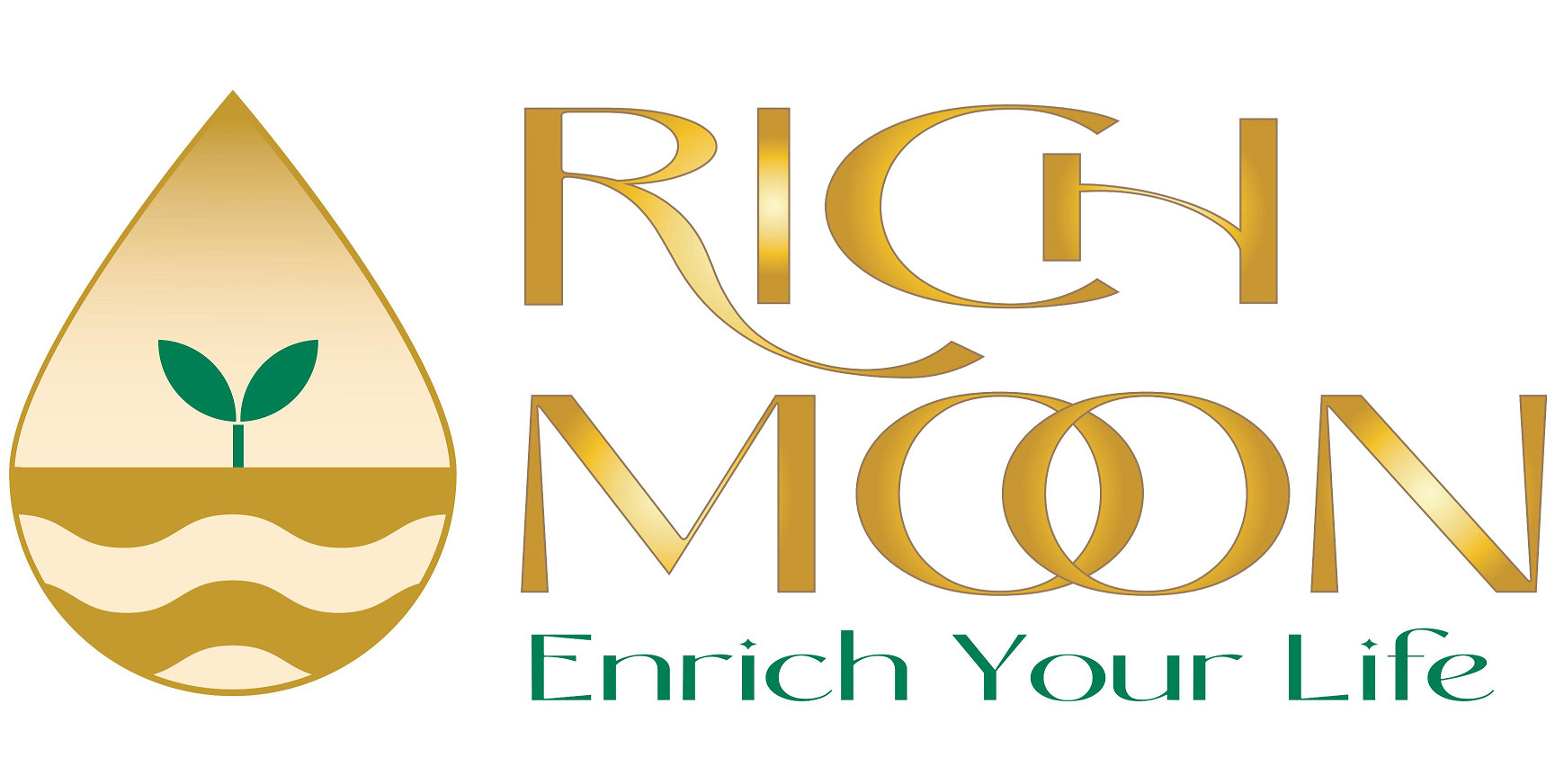

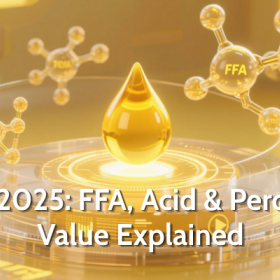

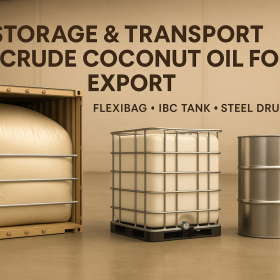
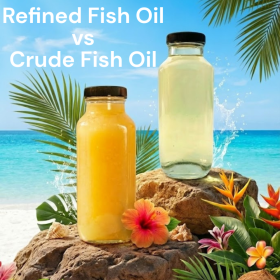

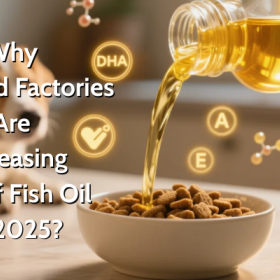
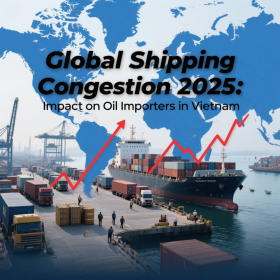
-490.png)
